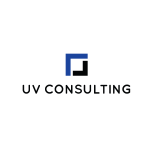Michiel Van der Meer (Philips Lighting), Fred van Lierop (LSI/Lighttech),
Dmitry Sokolov (LIT)
Abstract
Over the last 10-15 years the market of manufacturers of UV equipment for water, air and surface disinfection, as well as the technology of UV disinfection has made a significant progress. It is valid to say that the market of UV equipment manufactures has shaped with the main players being Trojan (Canada), Wedeco Xylem (USA-Germany), LIT Technology (Russia/Germany), Calgon Carbon (USA), HALMA Fluid Technology Group and many others.
The rapid growth of UV technology is to a large extent caused by successful development of the irradiation source technology at a wavelength of 254 nm – a low pressure amalgam lamp. We can remember that even 10 years ago the main source of irradiation was lamps with power up to 100 W generally made of so called soft glass. There were also similar mercury lamps made of quartz glass, which we know as standard low pressure mercury lamps. The developing technology has brought to live new sources with powers of 200, 300, 500 and even 900 W. They made it possible to significantly reduce capital expenses by minimizing costs of UV systems which are now equipped with less number of lamp-units but maintain the same level of disinfection and water flow. The largest producers of modern low pressure amalgam lamps are Heraeus Noblelight (Germany), LSI/Lighttech (USA/Hungary), Philips Lighting (Belgum/China), LIT (Russia), Wedeco Xylem (Germany), UV-Technik/Hoenle group (Germany), First Light (USA) and some others.
The purpose of this paper is to show how some lamp parameters such as pressure or gas composition affect on the work of modern low-pressure amalgam lamps. Which ones are able to change the effectiveness of amalgam lamps and what is the range of such changes? Where is the maximum attainable efficiency lamps and how this parameter affects on the energy efficiency of whole system for water or air disinfection?
Download





